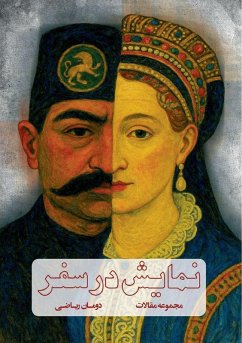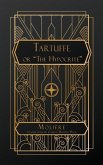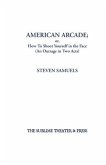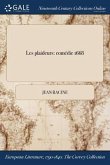This book, structured in two distinct yet interconnected parts, offers a comparative study of two significant realms in the history of theatre: first, Iranian drama within the socio-cultural context of the Qajar era, and second, commedia dell'arte as one of the influential movements in classical European theatre. In the first part, with a focus on the Qajar period, the author attempts to analyze the historical, social, and aesthetic conditions that gave rise to Iranian drama in this era, and examines the gradual transition from traditional performances to more modern and structured theatrical forms. This section, with an emphasis on the modernization of Iranian theatre, seeks to reexamine the formal and thematic capacities of indigenous performances in the face of modern transformations. The second part is dedicated to analyzing the roots, structure, and performative functions of commedia dell'arte. This theatrical form, which originated in 16th-century Italy, played a key role in shaping the European theatrical tradition through its unique performance methods, character types, and reliance on improvisation. In this section, the author explores the aesthetic, corporeal, and social dimensions of the form through an analytical lens and considers its relationship to contemporary trends in acting and directing. Taken together, the book is an effort to reconsider the historical and performative relationship between Iranian and European theatre, with the aim of highlighting the potential for intercultural dialogue within the performing arts.
Bitte wählen Sie Ihr Anliegen aus.
Rechnungen
Retourenschein anfordern
Bestellstatus
Storno








